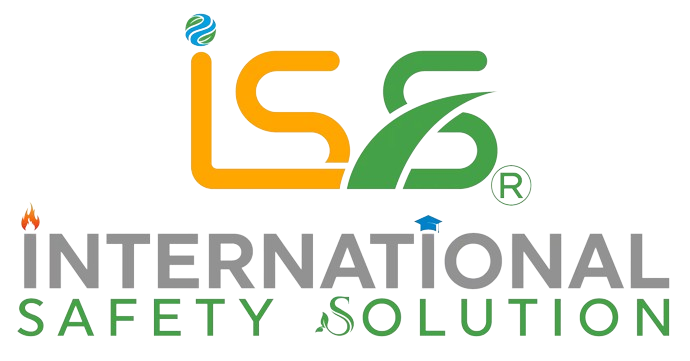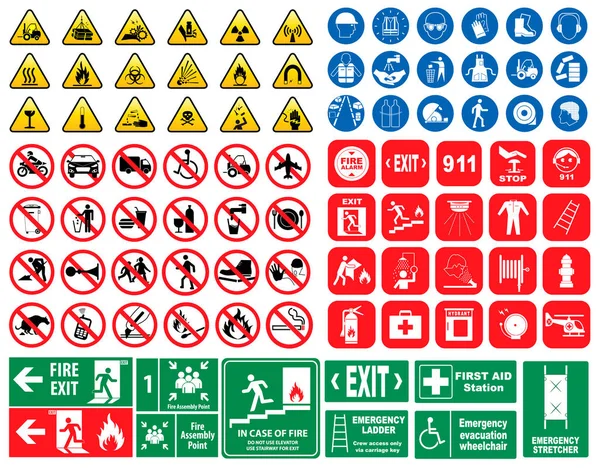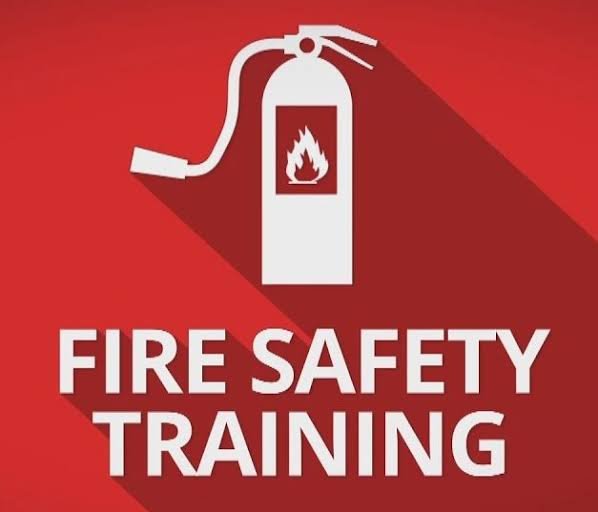Introduction
In a world that thrives on progress and innovation, ensuring safety remains a paramount concern across all industries. Whether it’s a bustling construction site, a manufacturing facility, or a corporate office, the well-being of employees and visitors is non-negotiable. This is where safety signages step in, playing a crucial role in guiding, warning, and informing individuals about potential hazards. In this blog, we will delve into the importance of safety signages, explore their types, and highlight their indispensable role in various sectors.
The Importance of Safety Signages
Safety signages are visual communication tools that provide critical information about potential dangers and safe practices. They serve as a universal language that transcends linguistic barriers, ensuring that people comprehend hazards and necessary precautions regardless of their native language. Here are a few reasons why safety signages are of utmost importance:
- Hazard Identification and Prevention: Safety signages alert individuals to potential hazards in their surroundings. These could range from slippery floors and high voltage areas to biohazard risks and chemical storage zones. By being aware of these hazards, people can take preventive measures to avoid accidents.
- Emergency Preparedness: In the event of an emergency, such as a fire or a chemical leak, safety signages guide people to emergency exits, assembly points, and safety equipment like fire extinguishers and first aid kits. This swift response can be life-saving.
- Regulatory Compliance: Various industries are governed by strict safety regulations. Safety signages help companies comply with these regulations by clearly communicating mandatory precautions and procedures.
- Risk Mitigation: By promptly conveying potential risks, safety signages reduce the likelihood of accidents and injuries. This not only safeguards individuals but also protects companies from liability and financial losses.
- Promoting Safety Culture: Placing safety signages throughout a workplace demonstrates a company’s commitment to the well-being of its employees. This fosters a safety-conscious culture, encouraging individuals to prioritize safe practices.
Types of Safety Signages
Safety signages come in various forms, each designed to convey specific messages. They can be categorized into several types:
- Prohibition Signs: These signs feature a red circle with a diagonal line through it, indicating actions or behaviors that are prohibited. For instance, “No Smoking” or “No Entry” signs fall under this category.
- Mandatory Signs: These signs are characterized by a blue circle with a white symbol, denoting actions that are mandatory. Examples include “Wear Safety Goggles” or “Hard Hat Area” signs.
- Warning Signs: Warning signs are typically yellow with a black symbol and highlight potential hazards or dangers. “High Voltage” and “Biohazard” signs are common examples.
- Emergency Information Signs: These signs provide information about emergency facilities, such as fire exits, first aid stations, and evacuation routes. They use green backgrounds and white symbols.
- Fire Safety Signs: These signs specifically address fire-related information, including the location of fire extinguishers, fire alarms, and fire blankets.
Safety Signages in Different Industries
The significance of safety signages extends across various industries:
- Construction Sites: Construction sites are rife with potential dangers. Safety signages caution workers about falling objects, heavy machinery zones, and areas with restricted access.
- Manufacturing Facilities: Safety signages in manufacturing plants warn about machine-related risks, chemical storage, and proper handling procedures for hazardous materials.
- Healthcare Settings: In hospitals and clinics, safety signages indicate radiation zones, biohazard areas, and hand hygiene protocols to prevent the spread of infections.
- Office Spaces: Even corporate offices benefit from safety signages by guiding employees to emergency exits, reminding them to report hazards, and encouraging ergonomic practices.
- Retail Environments: Retail stores use safety signages to remind both employees and customers about social distancing, mask-wearing, and occupancy limits.

Conclusion
Safety signages are not just visual elements scattered across workplaces; they are powerful tools that promote a secure environment for everyone. By understanding the importance of safety signages and their various types, industries can proactively protect their workforce, visitors, and reputation. Whether in a construction site, a bustling office, or a high-tech manufacturing facility, safety signages stand as beacons of caution, guiding us away from harm’s way and towards a safer future.



